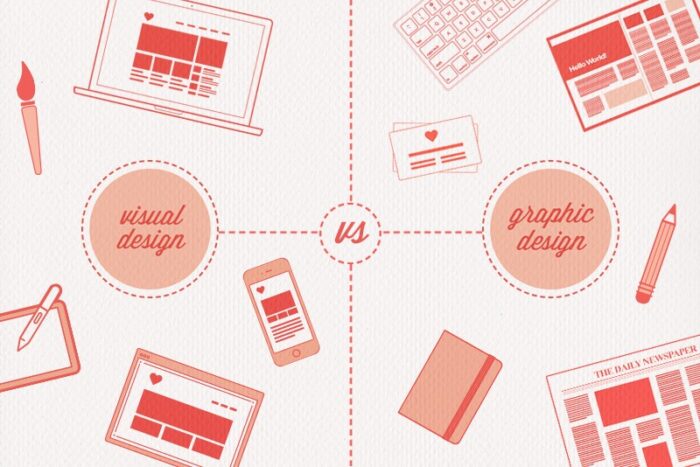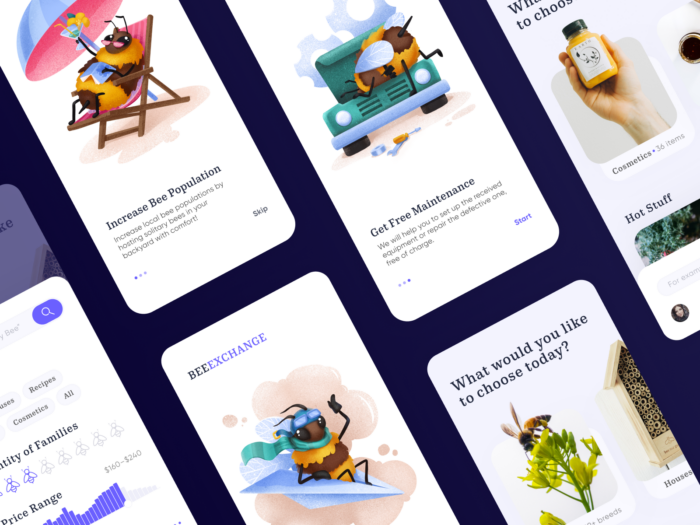
User experience (UX) design is critical for the success of an online business. Users have expectations of what an interface should look like. They might have experienced an exceptional one elsewhere, and yours has to be better or up to par. For example, if you have an online store, buyers should have an easy time searching for their favorite products, adding them to the cart then checkout.
User experience is all about convenient engagement and it will create a proper interaction. Otherwise, it leads to high bounce rates and you’ll lose out on the monetary value, as your competitors gain.
Most people try to implement UX design, but they make these mistakes.
1. Disorganized user onboarding
It is now one of the most popular trends, as companies try to involve customers as much as they can. Users see it as an optional process, and the consistent online users look forward to skipping them. However, many companies make mistakes in the onboarding process. It is always confusing, and for the most times, users don’t really know what to do.
You can correct this by creating a short and straightforward onboarding process. Alpha Efficiency says that you can add a tutorial to a short tutorial to give them all the basics they need to onboard. It allows users to catch up quickly and move on to navigate to what they wanted to do on your site.
2. Having low priority on functionality
As much as aesthetics matter to UX, functionality should be regarded at the same level. Your system should have a balance between functionality and creativity. You can use as many aesthetic elements, but if the functionality is low, users will have a poor experience.
The solution is to have a good balance between the two, and your system will achieve top usability. You can succeed in your niche as users have an easy time using your system and you’ll achieve high retention and conversion rates.
3. Testing

When creating a system from the jump, you might be tempted to do everything as a company. However, it can result in poor UX testing, which renders the system unready for mass use. You won’t get a good picture of how users perceive your system. It will not be exactly what users need, and you’ll be losing already as soon as you launch.
You should not fold under pressure to release a product without adequate testing. You can roll out a beta version first and use UX design resources such as Material Design or Bootstrap to create simple and aesthetically pleasing interfaces and you’ll stand a better chance of winning. Such tools are pre-tested and guarantee positive results.
4. Adopting random trends
You might hear about your competitors jumping onto certain UX design trends, and you are tempted or go for it. It is a huge mistake, because at this stage you don’t know what you are getting into.
Before you decide to implement a UX design, research on its effectiveness, usability and response from users. It will allow you to make an informed decision on the design you want to take up, and also set up a process to test it.
5. Unresponsive design

A responsive design is an industry standard for your site. It allows users to access your website from any device with varying screen sizes and deliver a similar performance. However, it is common to still find unresponsive websites.
Use a responsive UX design to create an adaptive site, for example, the Sage WordPress theme. You’ll allow your visitors to access your site conveniently seamlessly from any device.
6. Designing for the search engine rather than people
Search engines are important to your business. However, you should not be obsessed about how you’ll only appear on the platforms. It is common to be overly indulged about your outlook on the search engines until you forget about your audience. People are also important because they are the ones interacting with your UX design.
Always have people at the top of your mind if you want to get an exceptional UX. You’ll be strengthening your SEO because most issues are consistent with user needs. You’ll also contribute to achieve search engines’ goals. Consequently you reap rewards with increased user engagement and higher ranking on search engine results pages. It also involves collecting user feedback.
7. Being cliché

One of the biggest UX turn offs is using lackluster designs. Visitors are used to the common UX designs. Due to huge competition, you need to get creative to keep up with the evolving environment. Avoid focusing too much on business that you forget about UX.
Instead, look out for the latest trends and adopt them. They are usually upgrades to what’s already there making it a significant boost for your UX design. However, do not jump on any bandwagon. Research first before you act. It will keep you on the safe side. You should know that not all trends are successful.
8. Ignoring content
According to UX agency San Francisco, UX design also includes content. It is a common mistake amongst website owners. Implementing various designs on your content will give you a huge advantage. Content should be authoritative and quality to enhance UI design. Some of the best practices are;
- Adding more details on landing pages.
- Use content with a sales funnel to guide users.
- Create new and fresh content while revising the old ones.
- Be consistent in posting blogs.
- Clean your grammar and spelling mistakes.
- Put quality first.
- Choose keywords wisely and use them appropriately all through.
9. Applying the wrong fonts

It is a common mistake yet a website owner might not realize the damage they have done. One might think they are adding more aesthetic value. When implementing fonts, legibility and simplicity are key. Fancy fonts will only disinterest users rather than attract them. Follow the above guideline to select that works best for your website.
Final thoughts
The UX design mistakes are a cliche because the common problem behind it all is a lack of research and testing to ensure what you are implementing is good for your site. Web design agencies implement the best UX design principles, and aim to implement the best industry standards. It ensures a high quality product with good usability to help you achieve good retention and conversion rates.

















